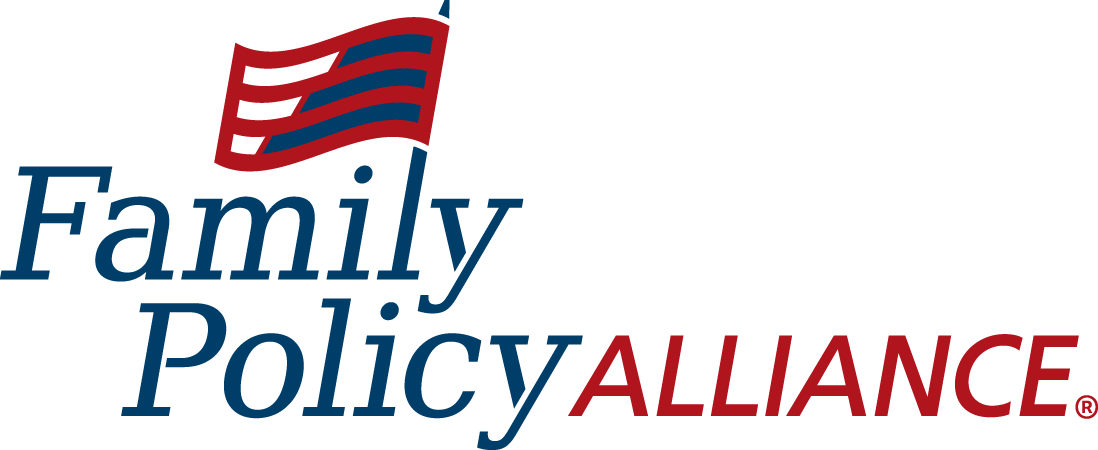
By: Jonathan Lange
It was Joseph Heller’ 1961 novel that introduced the term “Catch-22” into America’s modern vocabulary. In Heller’s “Catch-22,” he satirized a bureaucratic loop that prevented a military man from requesting a psychological evaluation because, according to the “catch-22” rule, the very act of asking proved he didn’t need one. Merriam-Webster defines the essential meaning of this phrase as “a difficult situation for which there is no easy or possible solution.”
The American Library Association (ALA) touts Heller’s novel among the famous “banned books.” However, it was only temporarily banned in one Ohio library from 1971-1974.
Banned Books Week, which takes place the last week of September every year, gives a platform for libraries to treat parental concerns with utter contempt. They ban classics while housing sexually explicit books in children’s libraries.
| First, it gives woke school administrators—not parents— the ability to remove classics like John Steinbeck’s “Of Mice and Men” and Harper Lee’s “To Kill a Mockingbird” from a high school English curriculum.This enables them to claim that these books are “censored.” Second, the ALA uses the dubious claim to include these kinds of books on their “Top 10 #BannedBooksList.”
Third, the same ALA then puts eight other books on the list that are truly objectionable but makes it look on a par with American classics. |
This brings us to the real Catch-22: The pornographic language and pictures found in the children’s book section of Wyoming’s libraries. This obscenity is so over-the-top that these books would never be printed in any respectable newspaper.
Any teacher or librarian unable to see why sane parents would object to the open display of “Doing It,” “The V-Word,” and “This Book is Gay” in the children’s section of a library has no business being around our children. Despite what progressive ideologues will tell you, this has nothing to do with “sexual identity” and everything to do with exposing children to inappropriate sexual content.
So, what can we do about it in Wyoming?
| First, educate yourself. Concerned citizens should use the card catalogue of every child’s library to search for books of a sexual or otherwise objectionable nature. Work with other people in the community to share this workload.Second, go and talk to administrators to discuss your findings. Seek a solution that protects the community’s children. Sexually objectionable books should, at the bare minimum, not be displayed on the direct eye-level of your average seven-year-old. These books must be moved to the adult part of the library.
Third, learn the library’s policies that pertain to your concerns. If it is not being followed, correct the abuse. If the policy itself is inadequate, go to the appropriate oversight board—either the school board or the library board. Schools and counties are not answerable to the American Library Association. They are answerable to the voters. |
Finally, remember that it is not only the business of parents to make public libraries safe for their children. It is the business of the entire community.
Your voice must be heard. This should not have to be a Catch-22.
By: Jonathan Lange


NathanWinters
Executive Director
